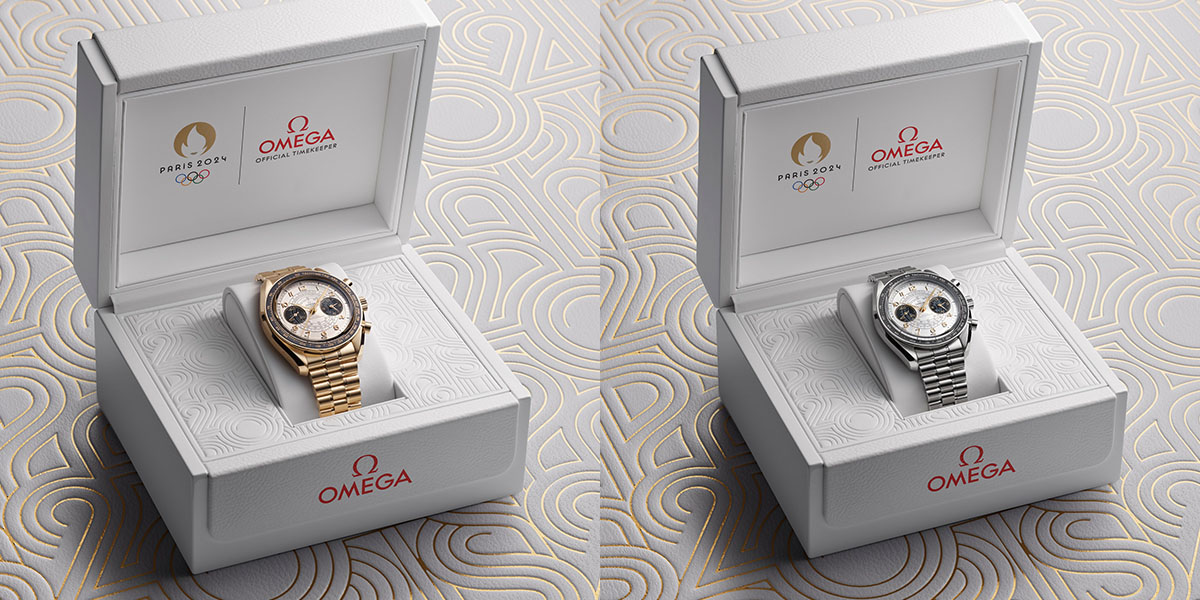
Throwback Thursday: Omega Speedmaster Alaska I Prototype
Omega’s involvement with the space program has always been a passionate one. While they had little involvement in becoming part of it, other than making an excellent chronograph that was the only one that passed all the NASA testing, they became a valuable partner to the space agency soon after. Omega wasn’t sitting by the sideline, just supplying its watches to astronauts, but further developed its timepieces particularly to meet new demands as the space program evolved. The “Alaska project” is the perfect example of this.
In 1968 NASA was worried that even the space-qualified Speedmaster Professional would have a tough time surviving on the lunar surface when its astronauts would go out and explore it further. For this, the “Alaska project” was initiated, led by NASA engineer James Ragan, who was also in charge of the selection process for a suitable chronograph in 1965. Omega went all in and delivered several prototypes the next year. The base that they used was the then recently launched Speedmaster “Mark II,” but the similarities with this watch ended with the shape of its case. Omega even went as far as making a prototype in titanium, which was unheard of in those days. These first prototypes were costly to produce and abandoned in favor of a more economical approach.
The seconds series, to which the watch in the pictures belongs, has a case made of stainless steel. Unlike the first series, the dial is now white, making it easier to read the time. Unique is the shape of the hands on the subdials, which were specially created so that they could still be read even under the stress of extreme vibrations. Omega further fine-tuned the caliber 871 chronograph movement so that it would better withstand the drastic change in temperatures. While some might think that it got its name from the State of Alaska due to its white dial, this is not the case. It follows a tradition of naming development projects after a country, state, or city, making the connection purely coincidental. With the Apollo 11 mission coming up, the development of the prototypes was cut short, and the crew made the Speedmaster Professional the first watch to ever make it to the surface of the moon. That doesn’t make the watches of the “Alaska project” any less interesting, as they represent not only Omega’s dedication to the project but were also the first purpose-built watches to be worn on the moon. This very rare prototype was auctioned in 2018 by Phillips and sold for CHF 193,750. Given the fact that the popularity of the Omega Speedmaster and its space legacy has only increased since, it will without a doubt be even more whenever coming up for sale again.
 SIGN UP
SIGN UP












